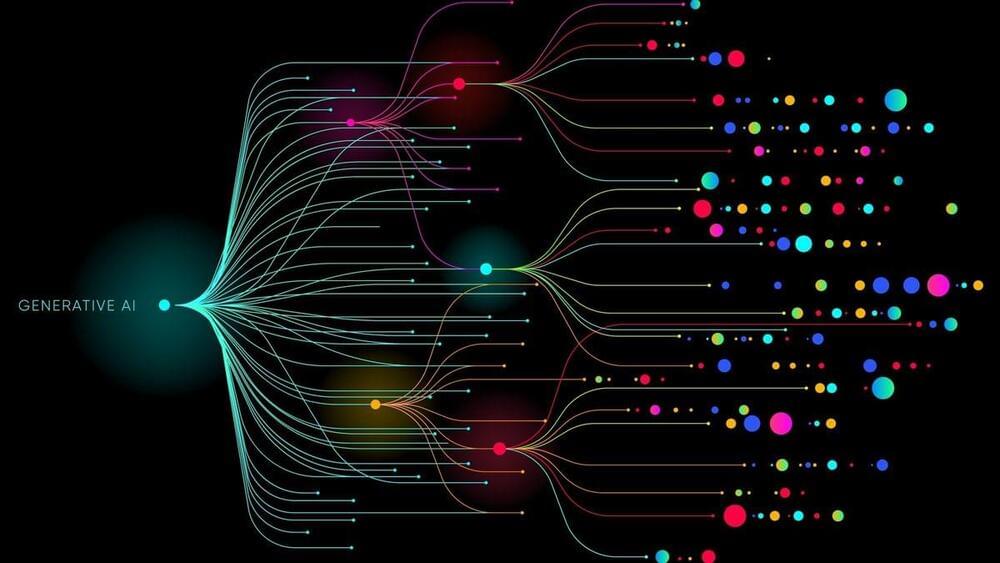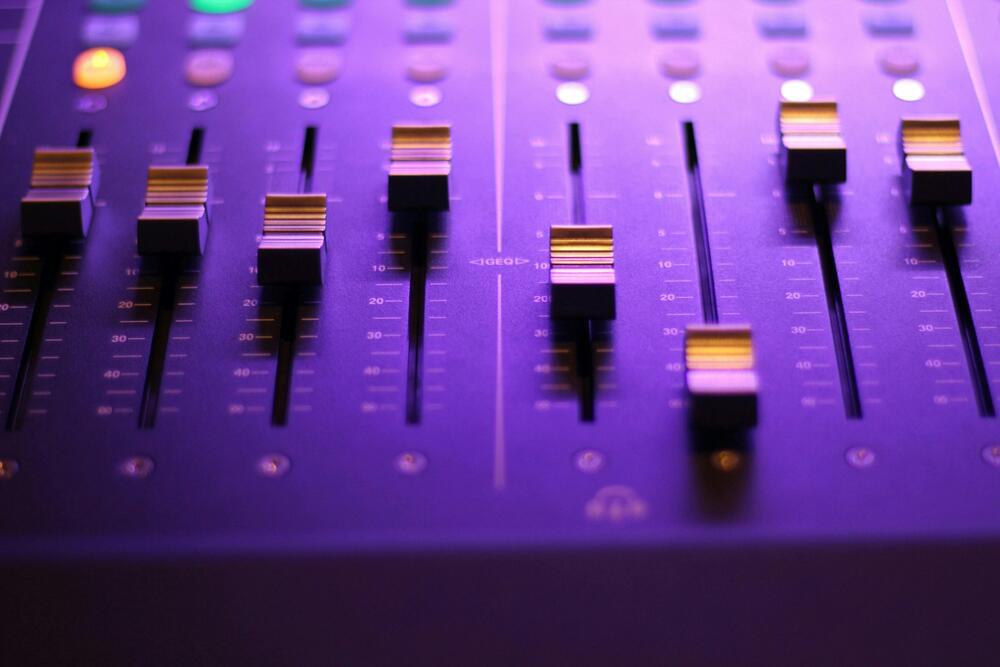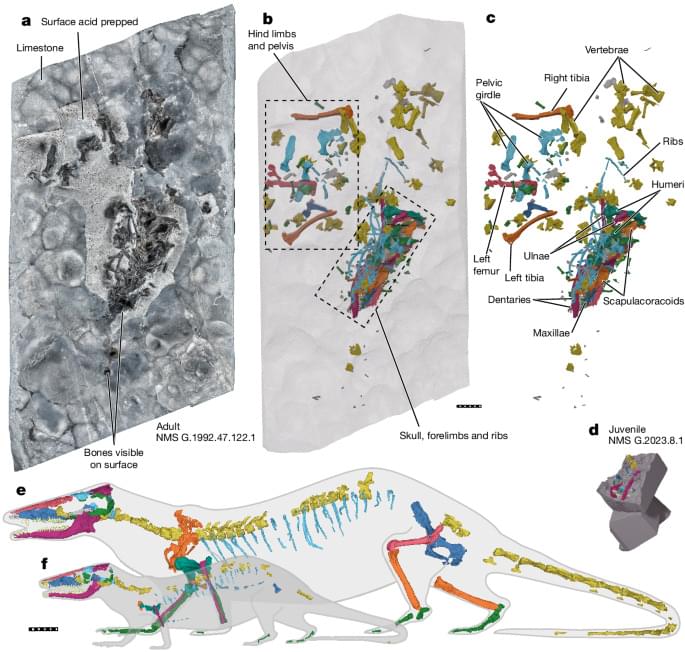The product is part of a burgeoning AI industry centered on “grief tech.”



These advancements in AI technologies are happening in China despite the stringent measures that the U.S. is placing against its technological ambitions. The bans and embargoes on high-end chips Washington has placed on Beijing meant that Chinese companies have difficulty sourcing Nvidia’s latest, most potent AI processors. While China is hard at work trying to catch up on the hardware side of things, many experts believe it’s still at least a decade away from achieving parity with the United States.
It’s evident, though, that Chinese tech firms can catch up on the software side despite the hardware bans. Nevertheless, the White House wants to change that with a bill in the U.S. Congress that would give the American government more control over limiting the export of American AI code. Some parties are trying to limit the development of open-source AI tech to stop Chinese companies from using it, but doing so might do more harm than good for the U.S.
Clément Delangue, the CEO of Hugging Face, a firm that lets its users share its open-source AI projects, said, “Open-source AI is the foundation of AI development,” referring to how the collaboration of researchers and organizations in the U.S. allowed it to become the world leader in AI, “and it looks like China could do the same thing.”
A sustainable source for clean energy may lie in old soda cans and seawater. MIT engineers have found that when the aluminum in soda cans is exposed in its pure form and mixed with seawater, the solution bubbles up and naturally produces hydrogen—a gas that can be subsequently used to power an engine or fuel cell without generating carbon emissions. What’s more, this simple reaction can be sped up by adding a common stimulant: caffeine.
In a study appearing today in the journal Cell Reports Physical Science, the researchers show they can produce hydrogen gas by dropping pretreated, pebble-sized aluminum pellets into a beaker of filtered seawater. The aluminum is pretreated with a rare-metal alloy that effectively scrubs aluminum into a pure form that can react with seawater to generate hydrogen. The salt ions in the seawater can in turn attract and recover the alloy, which can be reused to generate more hydrogen in a sustainable cycle.
The team found that this reaction between aluminum and seawater successfully produces hydrogen gas, though slowly. On a lark, they tossed into the mix some coffee grounds and found, to their surprise, that the reaction picked up its pace.
Construction has begun on what will be the world’s largest underwater road and rail tunnel connecting Denmark and Germany, as Newsweek reported.
The tunnel, which is a major component of the European Union’s Scandinavian-Mediterranean corridor plan, runs beneath the Fehmarn strait for more than 11 miles and aims to cut travel times between the two countries. A 45-minute ferry ride may soon be reduced to a quick seven-minute train commute.
Denmark’s transport minister, Thomas Danielsen, called the project “a milestone in Danish history” at a ceremony celebrating the progress, per the report. He continued, “With the Fehmarnbelt tunnel, we get a fantastic and cross-border infrastructure project.”

In this article, Roman Ponomarenko, sound designer and composer with 20+ years of professional experience, explores the transformative potential of AI in sound design and what this means for the future of music.
Artificial intelligence (AI) is already making significant progress in music and sound design. However, will the sophisticated AI of the future eventually replace human professionals in these fields? Navigating such a complex issue proves to be quite challenging, as AI brings forth a mix of exciting opportunities and daunting challenges.

Discussion surrounding the question, “What is real?” at the Moving Naturalism Forward workshop, October 2012. Participants include Sean Carroll, Jerry Coyne, Richard Dawkins, Terrence Deacon, Simon DeDeo, Daniel Dennett, Owen Flangan, Rebecca Goldstein, Janna Levin, David Poeppel, Massimo Pigliucci, Nicholas Pritzker, Alex Rosenberg, Don Ross, and Steven Weinberg. Visit https://www.preposterousuniverse.com/.… more information.
Discussion at the Moving Naturalism Forward workshop, October 2012. Participants include Sean Carroll, Jerry Coyne, Richard Dawkins, Terrence Deacon, Simon DeDeo, Daniel Dennett, Owen Flangan, Rebecca Goldstein, Janna Levin, David Poeppel, Massimo Pigliucci, Nicholas Pritzker, Alex Rosenberg, Don Ross, and Steven Weinberg.
Visit https://www.preposterousuniverse.com/.… for more information.
Keith Frankish is an Honorary Reader at the University of Sheffield, UK, a Visiting Research Fellow with The Open University, UK, and an Adjunct Professor with the Brain and Mind Programme at the University of Crete. He specializes in philosophy of mind, philosophy of psychology, and philosophy of cognitive science. His books include Illusionism: As a Theory of Consciousness, Consciousness: the Basics, and Consciousness.
/ friction.
/ discord.
/ frictionphilo.
00:00 — Introduction.
01:29 — René Descartes.
08:40 — Illusionism vs. eliminativism.
12:50 — Behaviorism.
15:22 — Perceptions vs. qualia.
17:35 — Color perception.
24:15 — Illusion for whom?
30:39 — Explaining the illusion.
43:44 — Identity theorist response?
50:13 — Diet qualia.
52:06 — Demonstratives and recognitional concepts.
56:53 — Physicalism and illusionism.
1:00:29 — Conceivability and possibility.
1:10:50 — Weakening acquaintance.
1:14:20 — Functionalism.
1:19:17 — Daniel Dennett.
1:23:03 — Mary’s room.
1:29:35 — Conclusion.
Possibilities by Jay Someday / jaysomeday
Creative Commons — Attribution 3.0 Unported — CC BY 3.
In this interview, I talk with Dr. Graham Oppy about his understanding of metaphysical naturalism. He defends the thesis that natural reality is coextensive with causal reality such that there are no causal entities that are non-natural.
If you enjoy the content. Let me know who else I should have on the channel and what should we chat about!